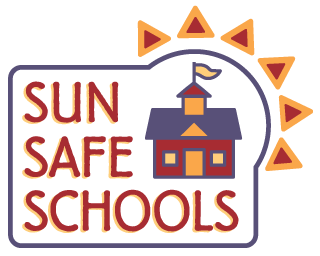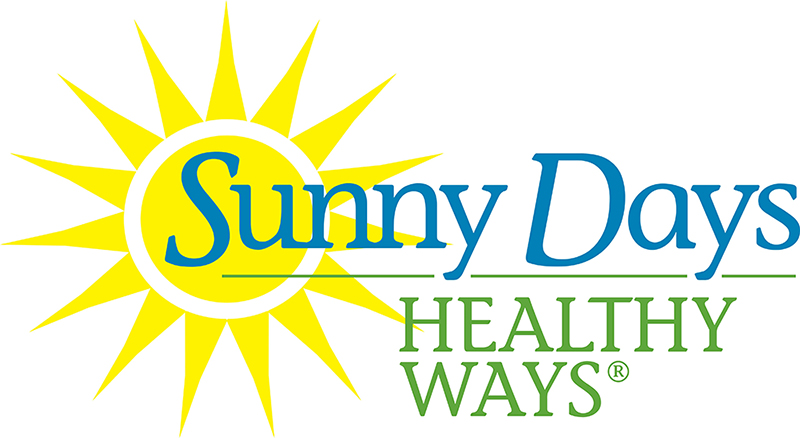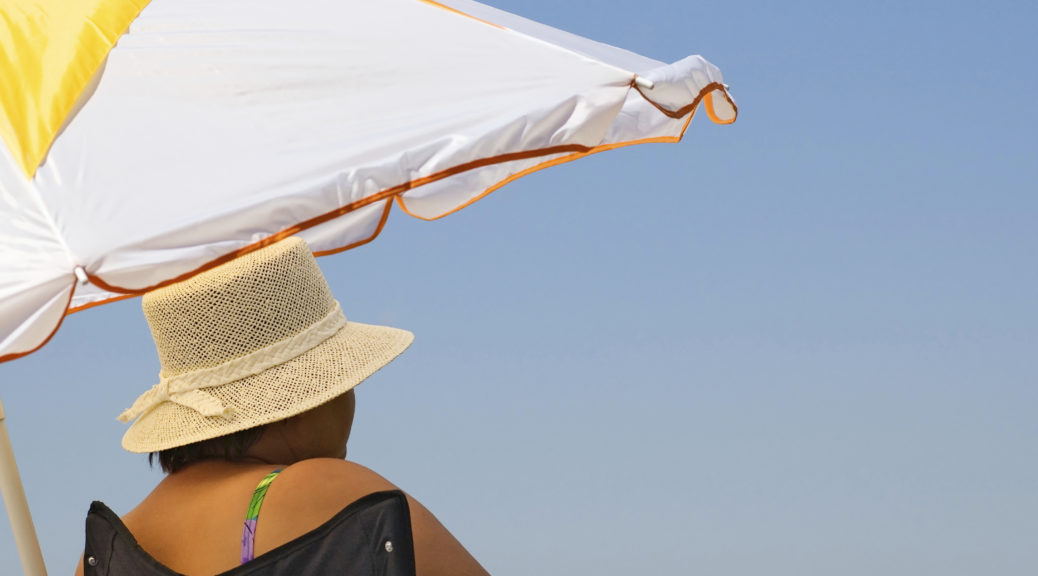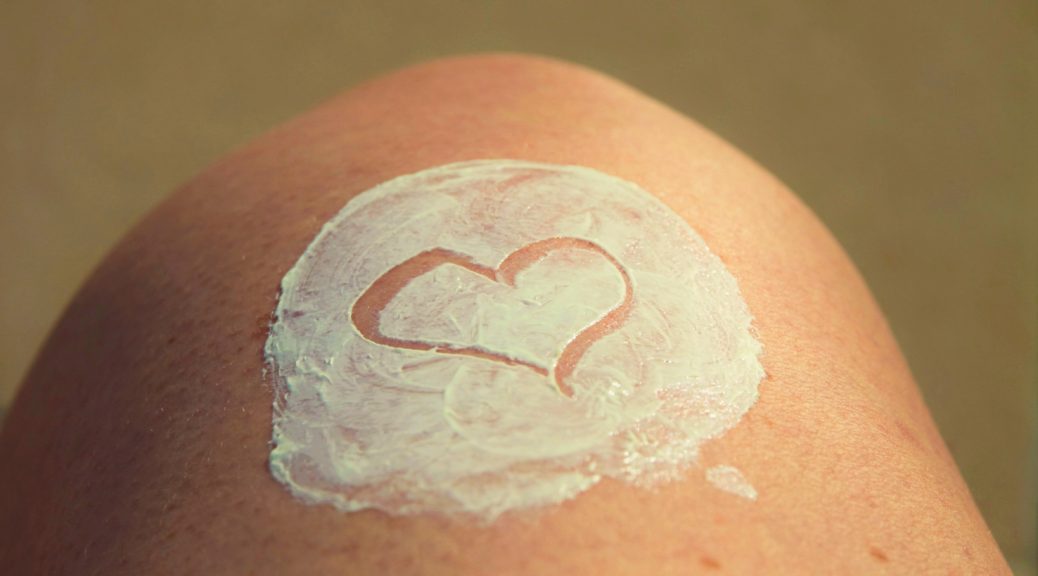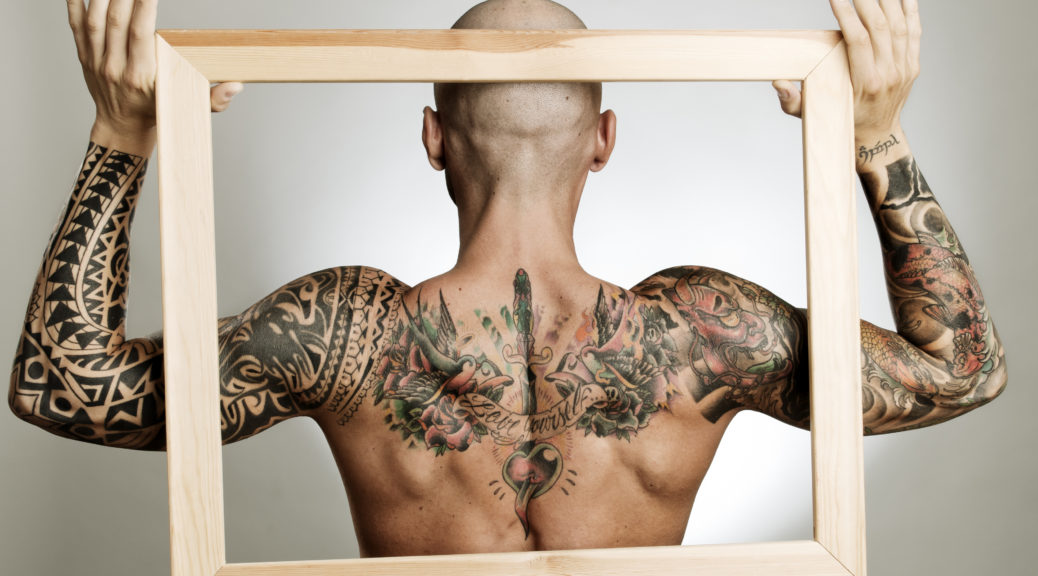Cost Analysis of a Sun Safety Program at California Elementary Schools
The Surgeon General’s 2014 Call to Action to Prevent Skin Cancer emphasized the importance of sun safety for schools. However, limited cost data exist to inform implementation decisions regarding school sun safety practices. In response, Dr. Richard Meenan from the Kaiser Permanente Center for Health Research (KPCHR), presented data on the costs of delivering a sun protection policy intervention to public elementary schools in California at the 11th Annual Conference on the Science of Dissemination and Implementation in Health in Washington DC, December 3-5, 2018.
The Sun Safe Schools (SSS) program, a joint research effort of Claremont Graduate University (CGU), KPCHR, and Klein Buendel (KB), provided technical assistance to California public elementary schools interested in implementing sun safety practices consistent with their district board policy for sun safety. The research design included a randomized trial of SSS that assessed its effectiveness in promoting implementation and an economic evaluation of the SSS program.
Fifty-eight intervention schools and 60 controls participated. Principals at intervention schools received regular phone and email contact from trained SSS coaches over 20 months to support implementation of selected sun safety practices. Rolling recruitment and intervention occurred over 47 months (2014-18). Study outcome data are from a posttest survey of school principals. Intervention delivery costs were virtually all labor (SSS coach and principal time). Implemented practices were organized into ten categories (such as student education and outdoor shade) and micro-costed using a project-developed template. Required school labor and non-labor resources for implementation were estimated for each practice. Three elementary school principal consultants reviewed the template for appropriateness.
Intervention delivery costs and costs of implemented practices for intervention schools and control schools were presented and are being submitted for publication. Principals’ beliefs about the importance of sun protection were positively correlated with policy implementation, both in numbers of implemented policies and overall dollars invested. Results indicated that a low-cost program of regular phone and email coaching of school administrators can successfully stimulate implementation of sun safety practices in elementary schools at a reasonable cost. Costs per student were similar to other school health practices. These findings can assist administrators with selecting and implementing appropriate sun safety practices for their schools.
This research was supported by a grant from the Eunice Kennedy Shriver National Institute for Child Health and Human Development (HD074416; Dr. Kim Reynolds, Claremont Graduate University, Principal Investigator). Collaborators in addition to Dr. Reynolds and Dr. Meenan include Kim Massie from Claremont Graduate University in California; Dr. David Buller, Julia Berteletti, and Mary Buller from Klein Buendel; and Dr. Jeff Ashley from Sun Safety for Kids in Los Angeles, California.
